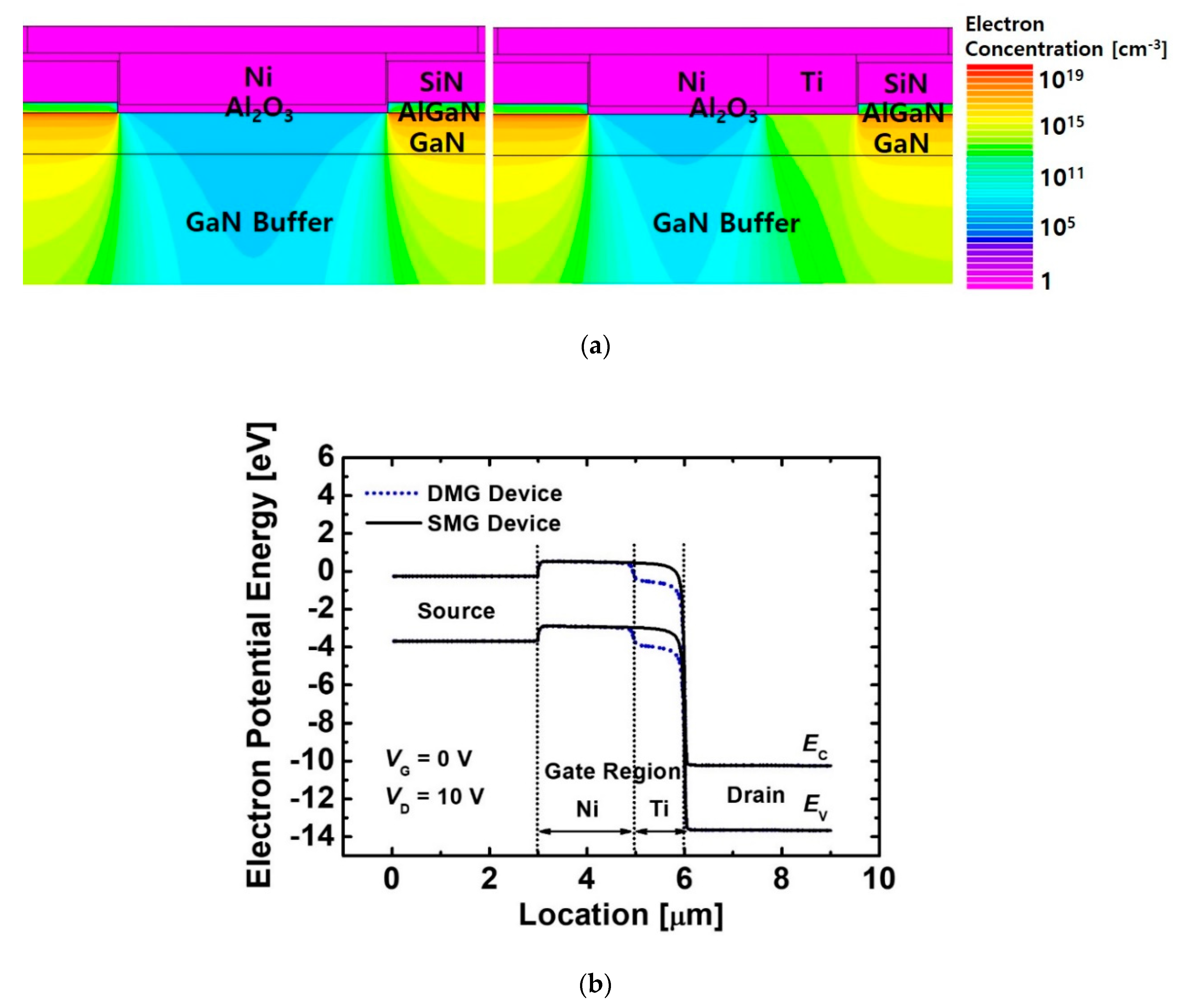


Its melting point is 240 to 241-degree C. Dimethylglyoxime reacts with ferrous sulfate and ammonium hydroxide forms a complex compound of iron and ammonium sulfate and water.Nickel ion reacts with dimethylglyoxime and forms an insoluble red precipitate of nickel dimethylglyoxime.Its other name is 2,3-Butanedione dioxide. We can prepare many related ligands from other diketones, such as benzil. Its coordination complexes are of theoretical interest as models for enzymes and catalysts both. DmgH2 is useful in the analysis of palladium or nickel. This colorless solid is the dioxide derivative of the diketone butane-2,3-dione which is diacetyl. It works as a chelating agent which forms complexes with metals such as copper, nickel, and palladium. Although commonly it is useful as a reagent specific to nickel, Dimethylglyoxime actually allows the detection of other metal ions too. Many derivatives of Dimethylglyoxime are synthesized and proposed.

Also, it is very much sensitive and specific reagent for the nickel element. It is one of the first selective organic reagents applied in analytical chemistry. It is soluble in methanol or in sodium hydroxide solution but very less in water. Source: en. Dimethylglyoxime Formula What is Dimethylglyoxime?ĭimethylglyoxime is a white chemical powder. This article will explain the Dimethylglyoxime formula with examples. Coordination complexes of Dimethylglyoxime are very important and interesting for theoretical models for enzymes and as catalysts. DmgH2 is used in the study of chemical components like palladium or nickel in the laboratory. Its abbreviations are also dmgH for anionic form and dmgH2 for neutral form. Dimethylglyoxime is a powder-like chemical white in color.


 0 kommentar(er)
0 kommentar(er)
